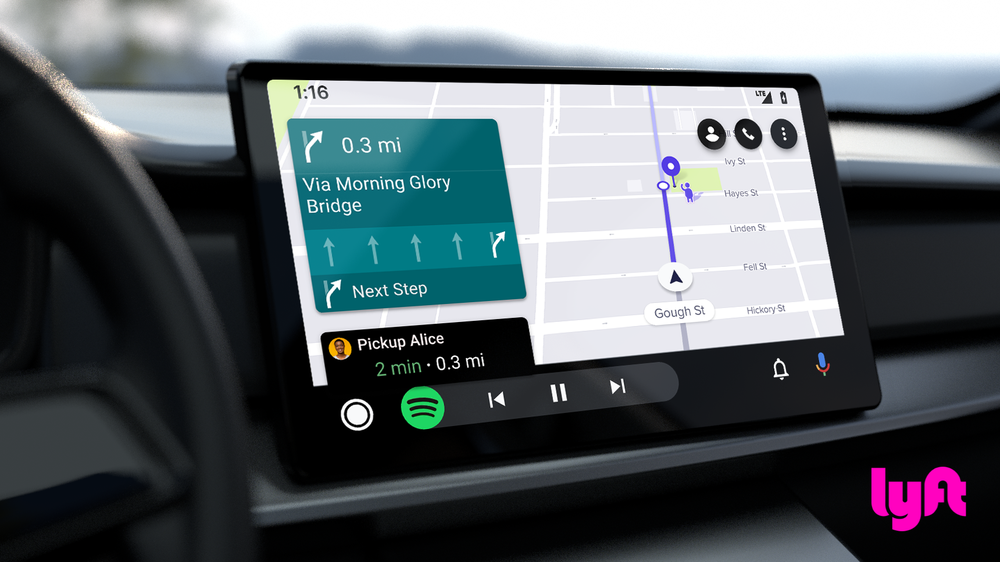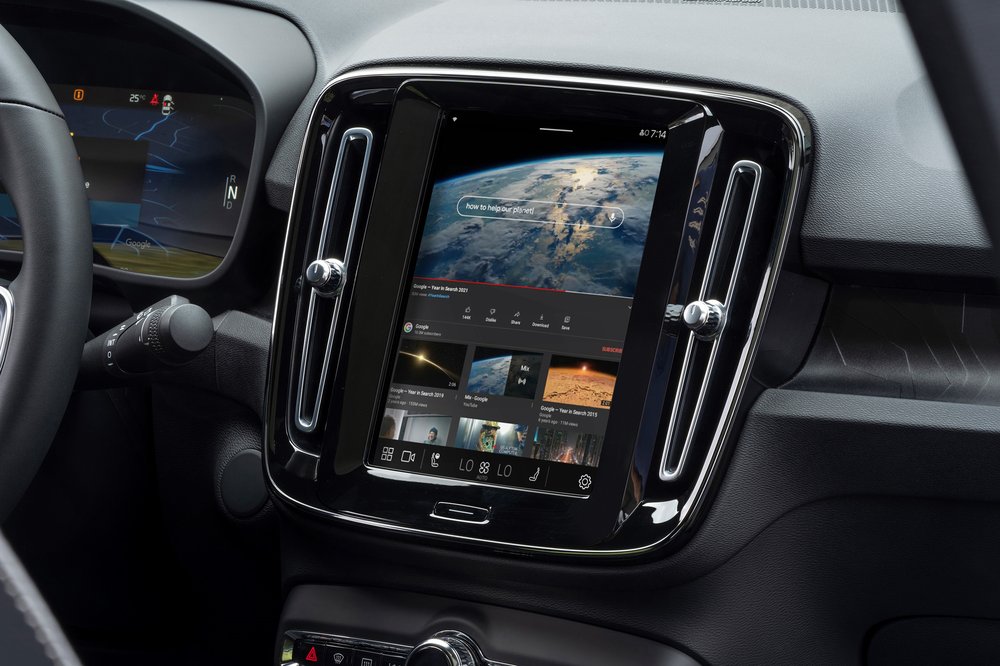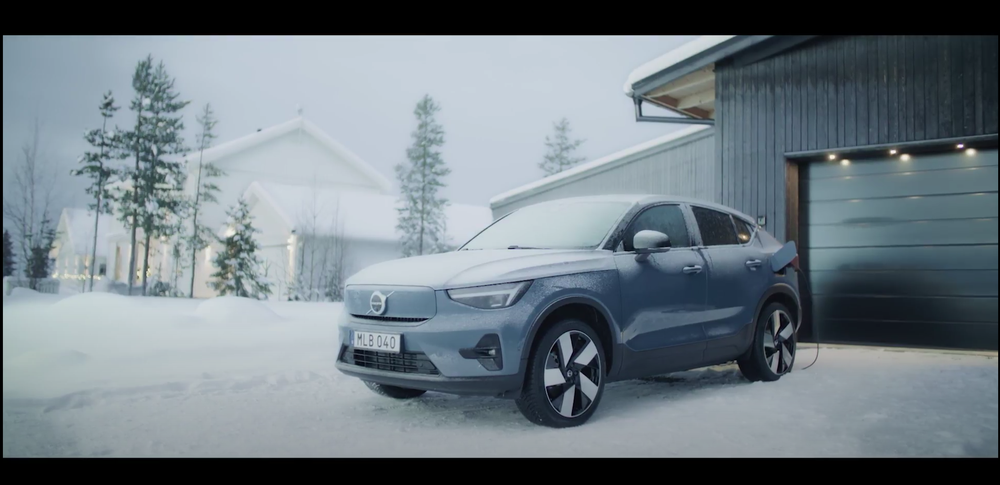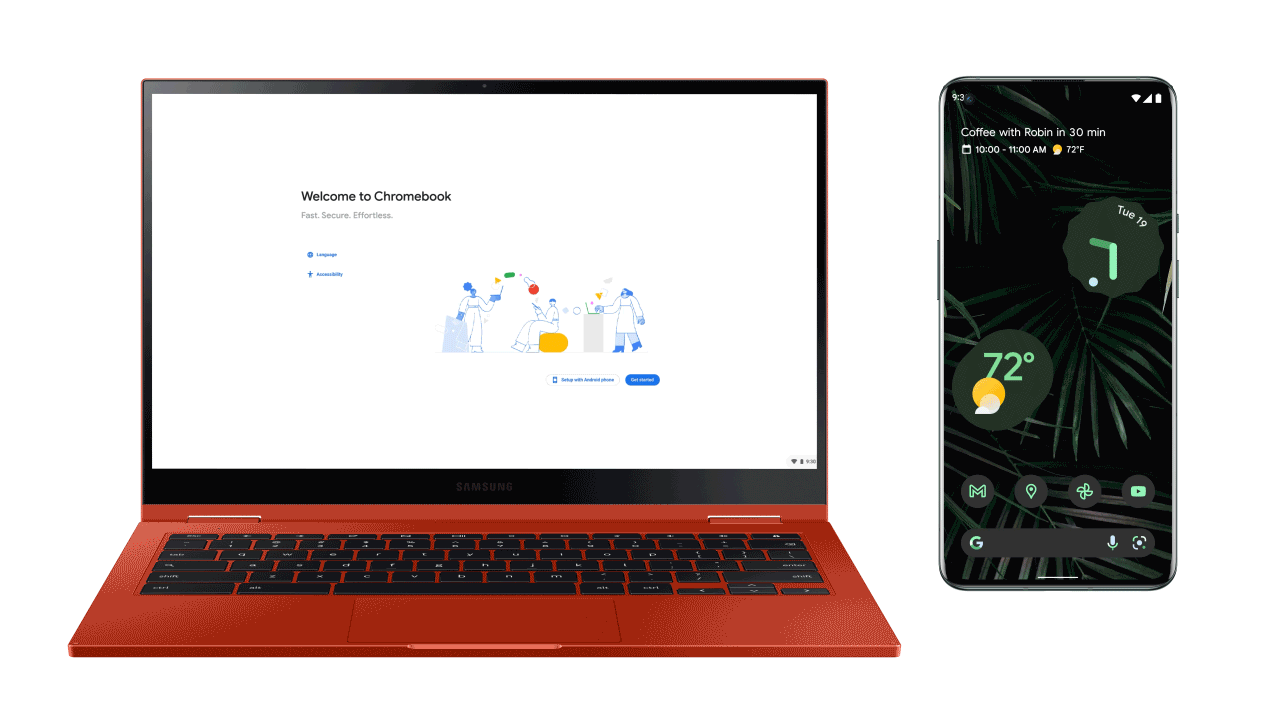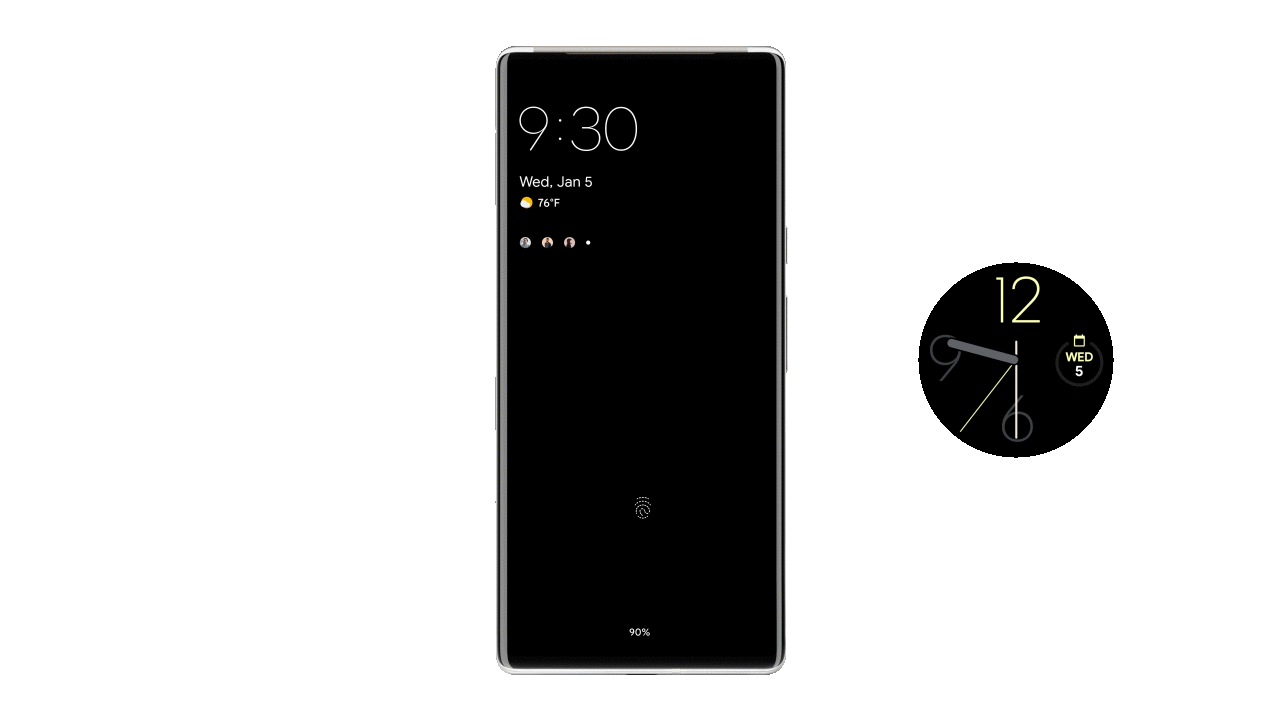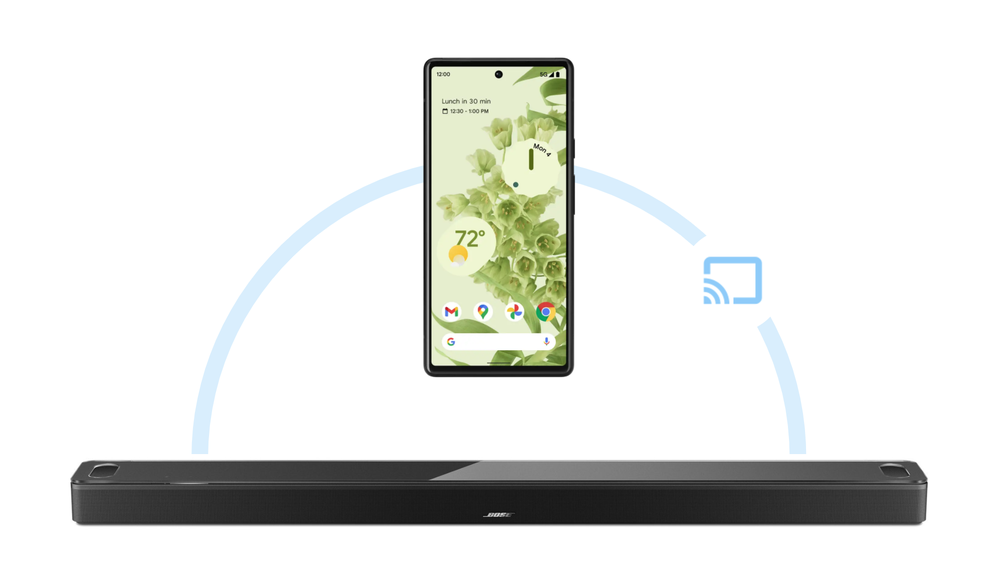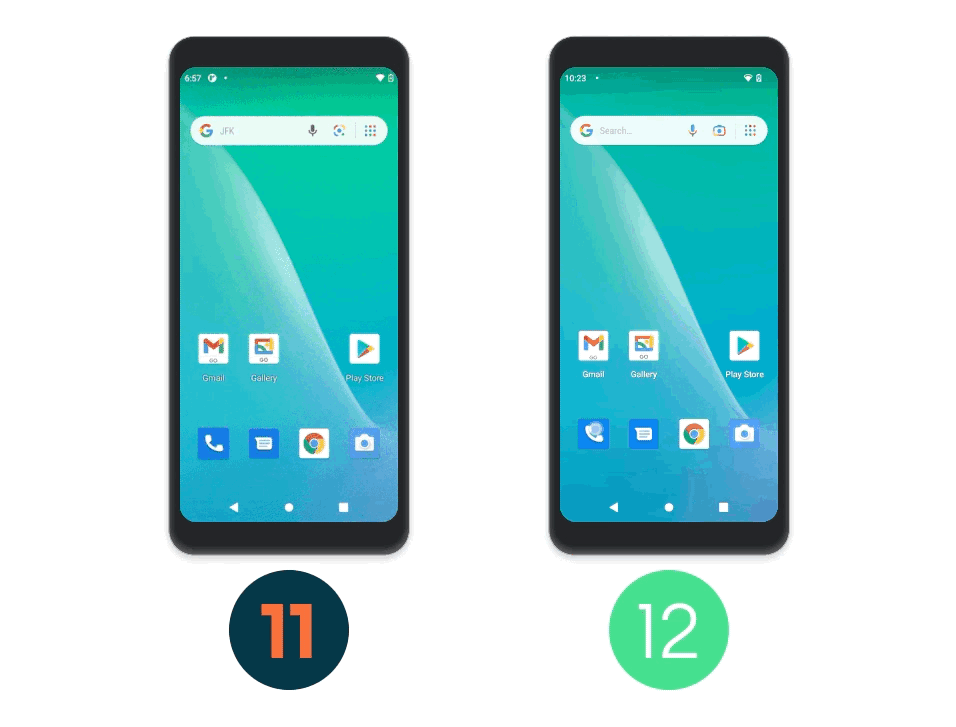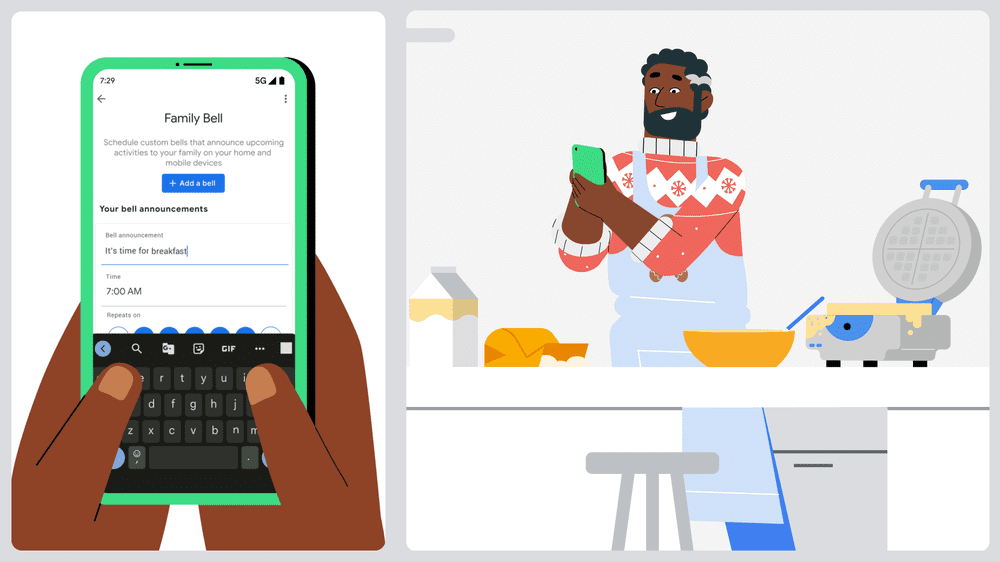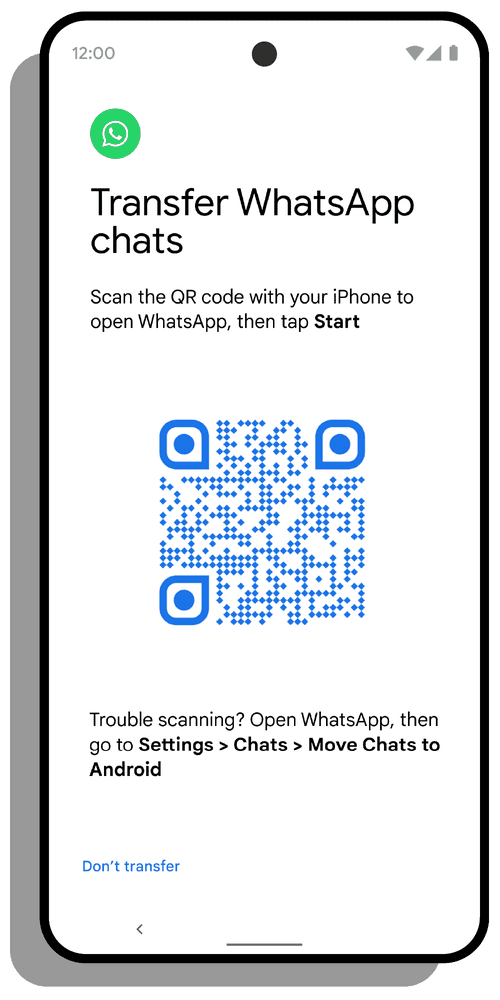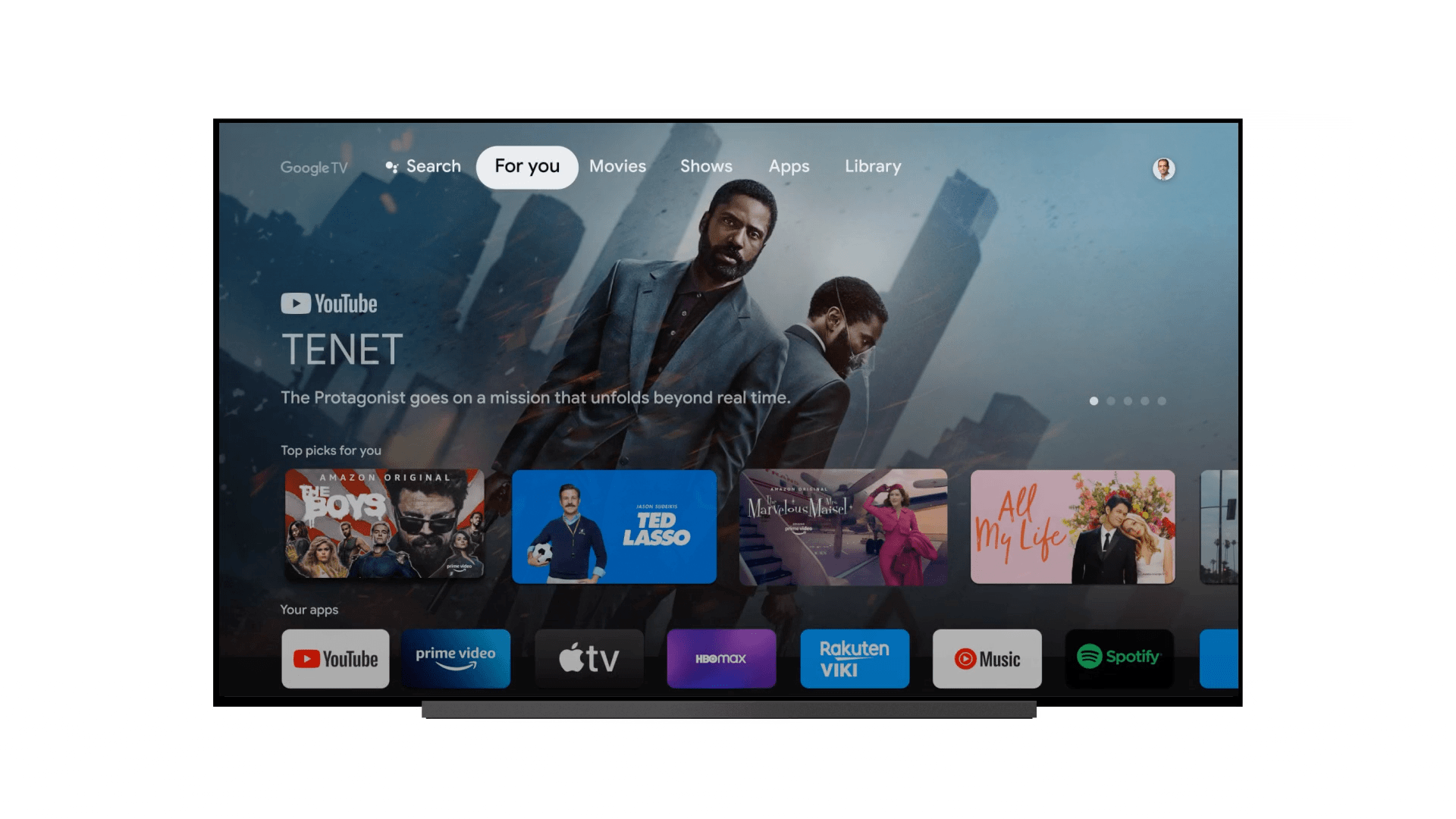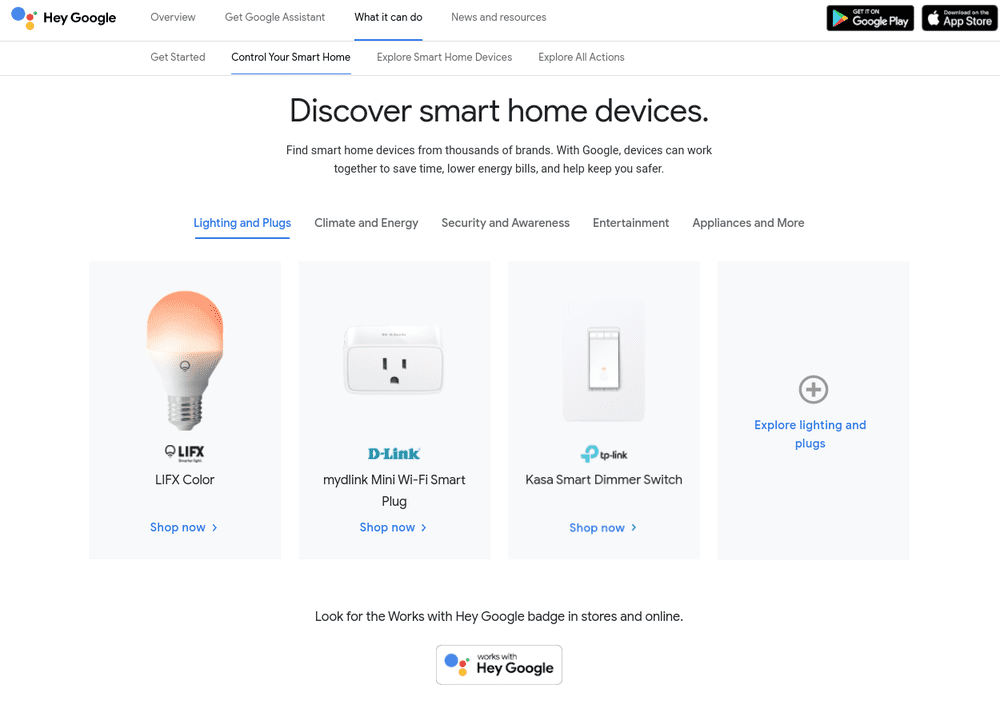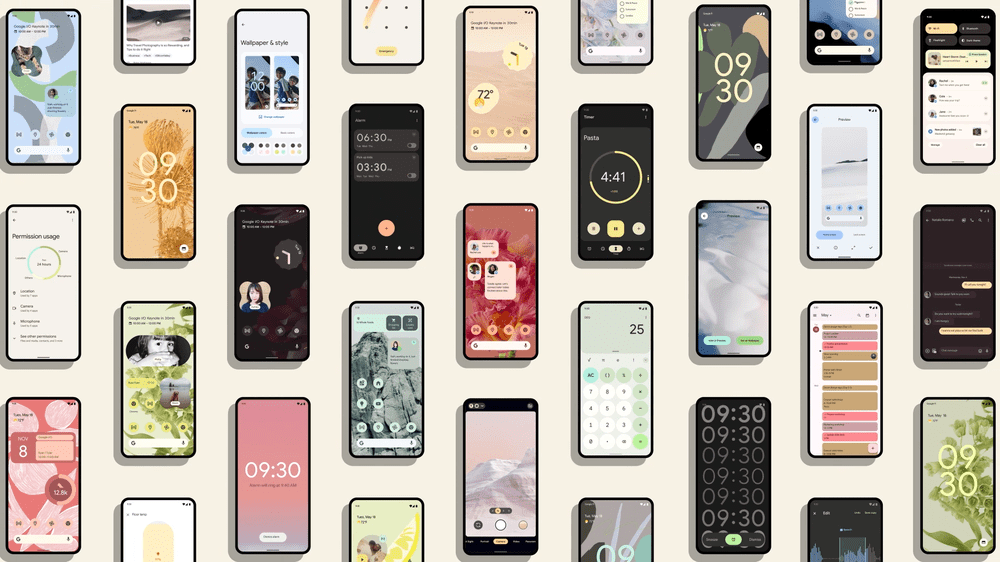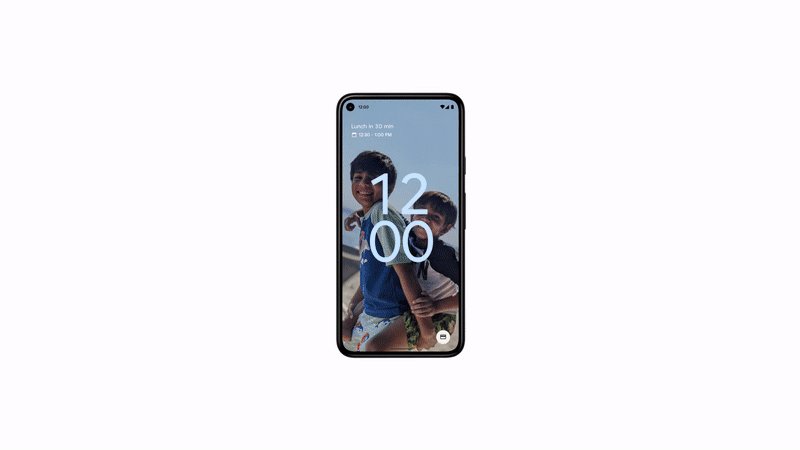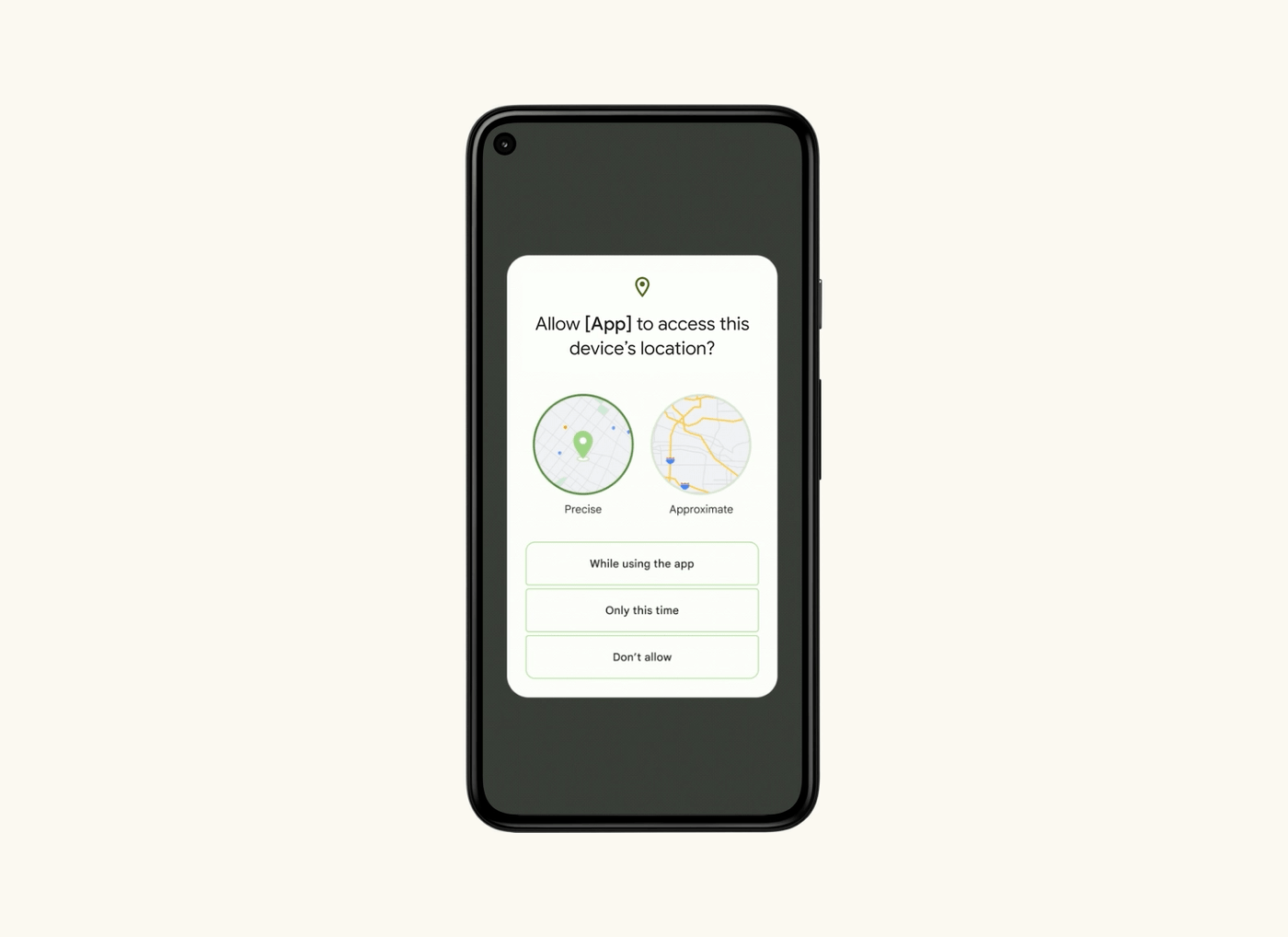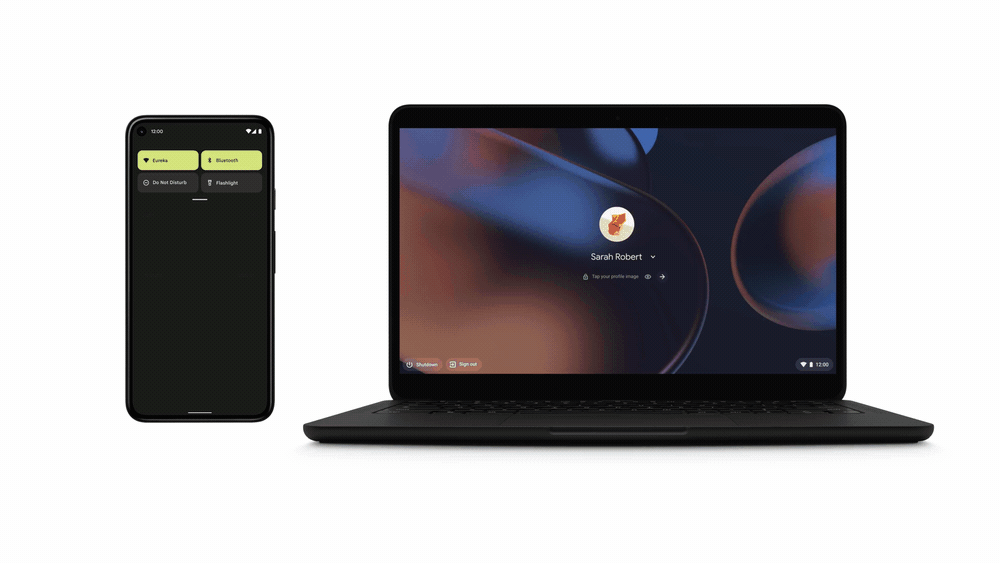Today at Galaxy Unpacked, Samsung unveiled the new Galaxy S22 series and Galaxy Tab S8 series and updates coming soon to the Galaxy Watch4 series. Together with Samsung, we’re introducing new features that help you communicate in new ways, get more done and stay entertained with your Galaxy devices.
More ways to connect with live sharing on Google Duo
Video calling with Duo can help you connect with friends and family, no matter how far away. With live sharing support across your favorite apps, you will be able to use Duo on your Galaxy S22 series and Galaxy Tab S8 series to brainstorm ideas with your friends and colleagues through Jamboard, share ideas and images in Samsung Notes and Gallery, watch videos together on YouTube or search for locations on Google Maps.
Preview YouTube videos on Messages by Google
People share YouTube videos on Messages all the time — in fact, they’re one of the most-shared types of links on the app overall. In the coming weeks, you’ll be able to see a preview of the video your friends and family share with you right in the conversation, so you can quickly decide whether to watch it now or later. And you can tap again to play the video as well, without ever leaving the chat.
Optimized for accessibility with Voice Access
Voice Access on Android is designed to help people with disabilities navigate and control their device without needing to use their hands. While it’s optimized for people with motor disabilities like ALS, spinal cord injuries or arthritis, it can also be helpful for anyone with a temporary disability like a broken arm, or people whose hands are otherwise occupied. Built into the Galaxy S22 series and Galaxy Tab S8 series, you don’t need to download a separate app, and you can use Voice Access prompts to quickly and easily tap, scroll and navigate your device. Tap, scroll, and browse your device with voice commands. Either set Voice Access to start whenever you use your device, or say, “Hey Google, Voice Access” and the accessibility prompts will help you open apps and manage your device.
Color your world with Material You
Coming with Android 12 out of the box, the Galaxy S22 series and Galaxy Tab S8 series will let you personalize your device by taking advantage of the beautiful Material You design. Change your wallpaper and the look and feel of your entire device, including your notifications, apps and more, will change to match the color palette.

Easily set up Google Play apps on your Galaxy Watch4
Setting up a new Galaxy Watch4 has never been easier. Next month, we’ll be improving the setup process so your apps on your Android phone appear as recommended apps on your watch. With a simple tap on your phone, you can install all of your favorite apps from Google Play.

Get help on your watch with Google Assistant
As you move through the day, Google is there to help you get things done across your devices. In the coming months, we’ll bring Google Assistant to Galaxy Watch4. Soon, you can ask Google to help set a timer while cooking, stay on top of your appointments by asking your calendar what’s next, or playing your favorite music – right from your wrist. Google Assistant will be available for download on Google Play and feature a new design with faster than ever response times on your watch. Once activated, just say “Hey Google” to get started.
Listen on the go with YouTube Music Premium
Whether you’re working out or commuting to work, the YouTube Music app on Wear OS provides access to more than 80 million songs and thousands of playlists. Currently, YouTube Premium and YouTube Music Premium subscribers have the ability to download music for ad-free offline listening. Coming soon, we’re adding Wi-Fi and LTE streaming support so subscribers can discover new tunes without their phone nearby. This will be available on Galaxy Watch4 and other Wear OS devices.
We will continue to build on our longstanding partnership to bring helpful Google features to all of your favorite Samsung devices. With the Galaxy S22 series and Galaxy Tab S8 series, you’ll receive a four-month trial of YouTube Premium (terms apply[1527fc]) on us. Learn more about the new Samsung Galaxy devices here.
Website: LINK


